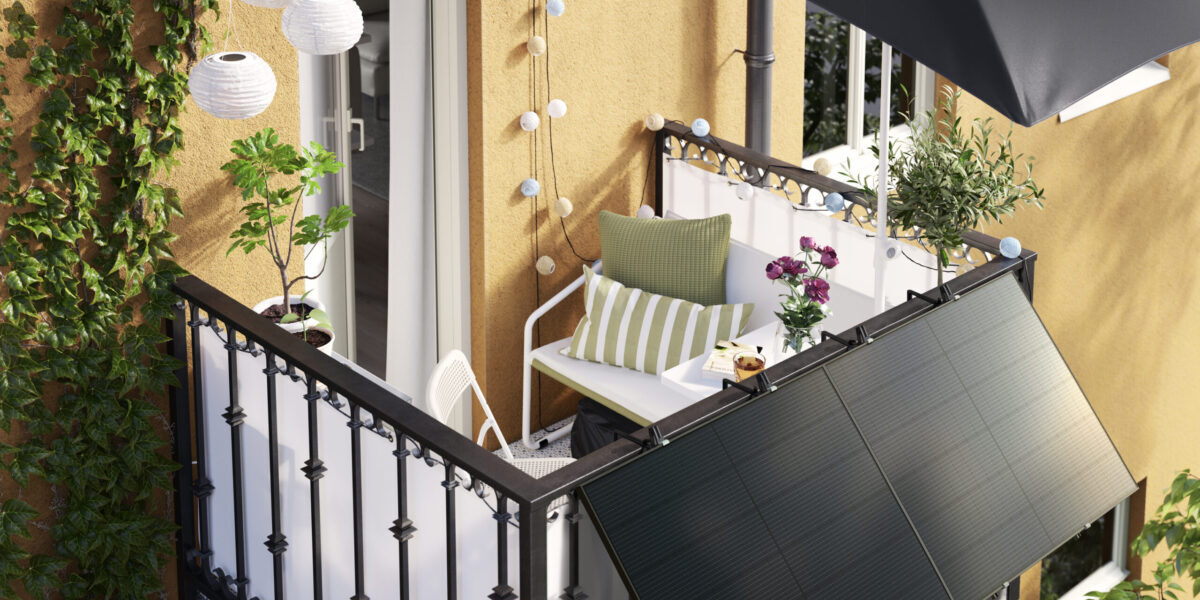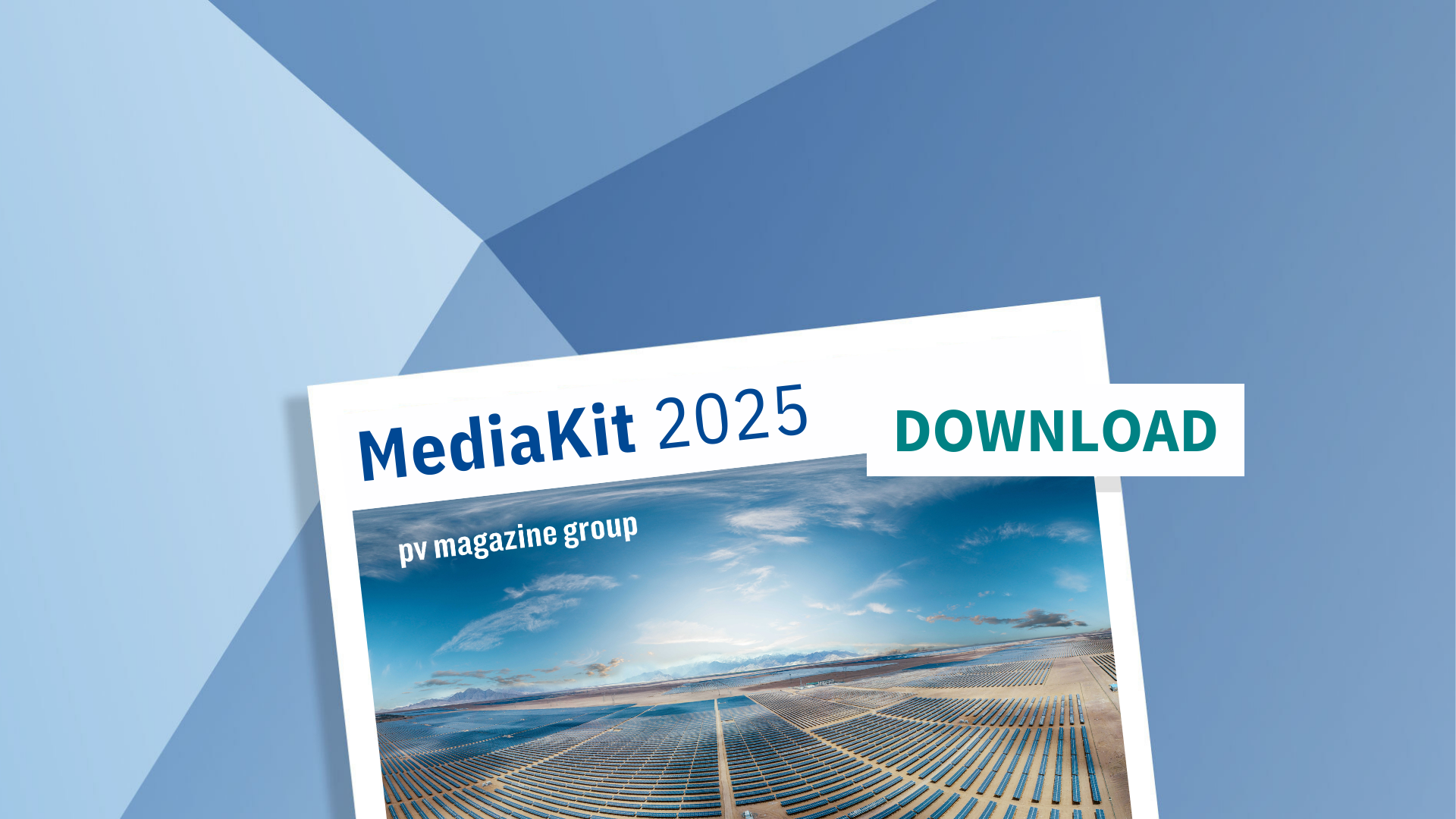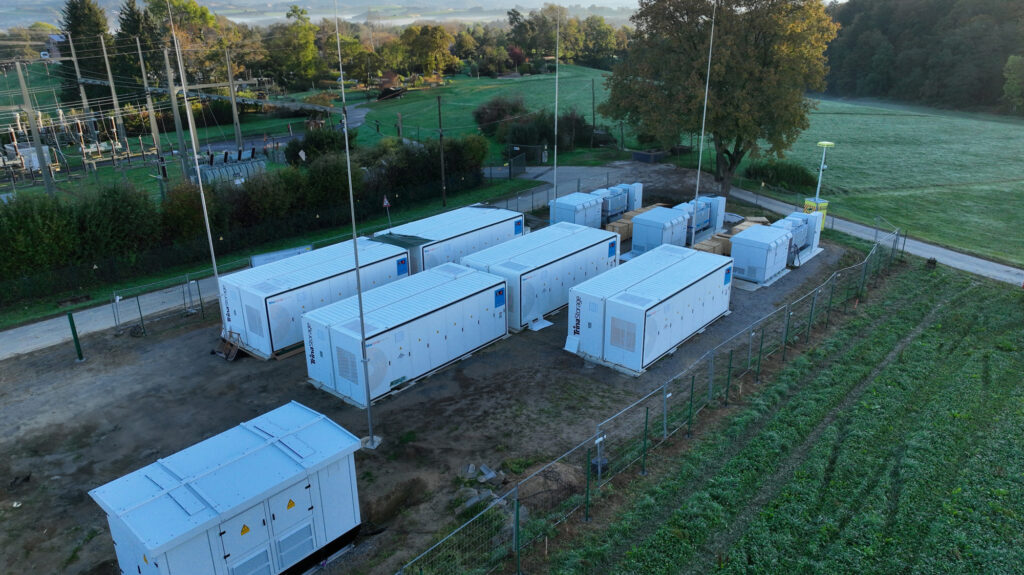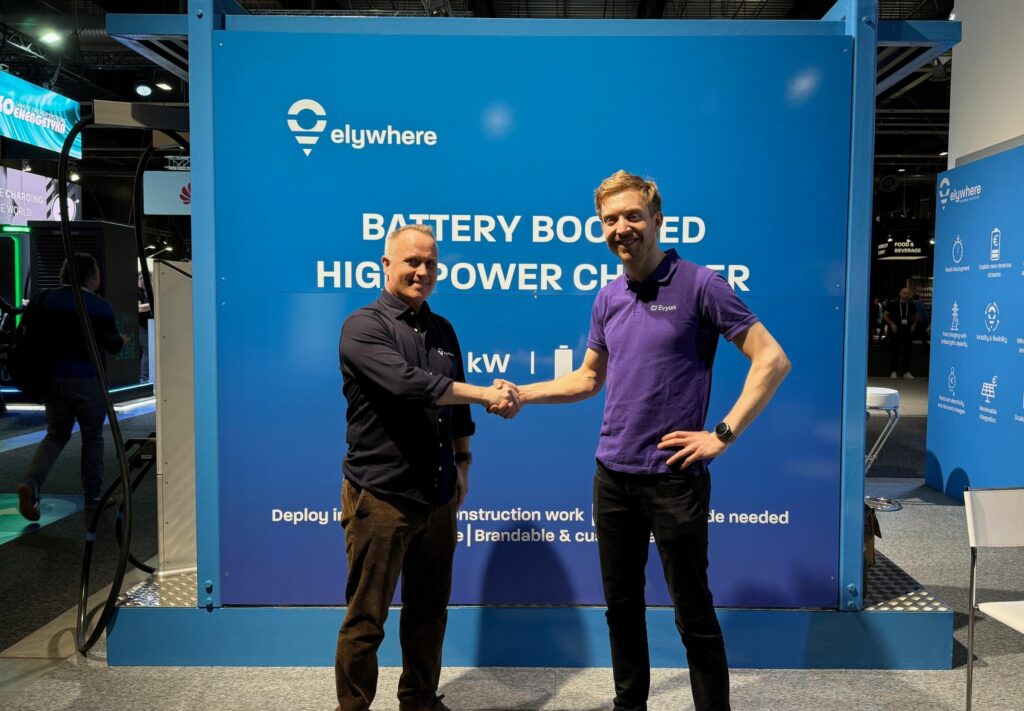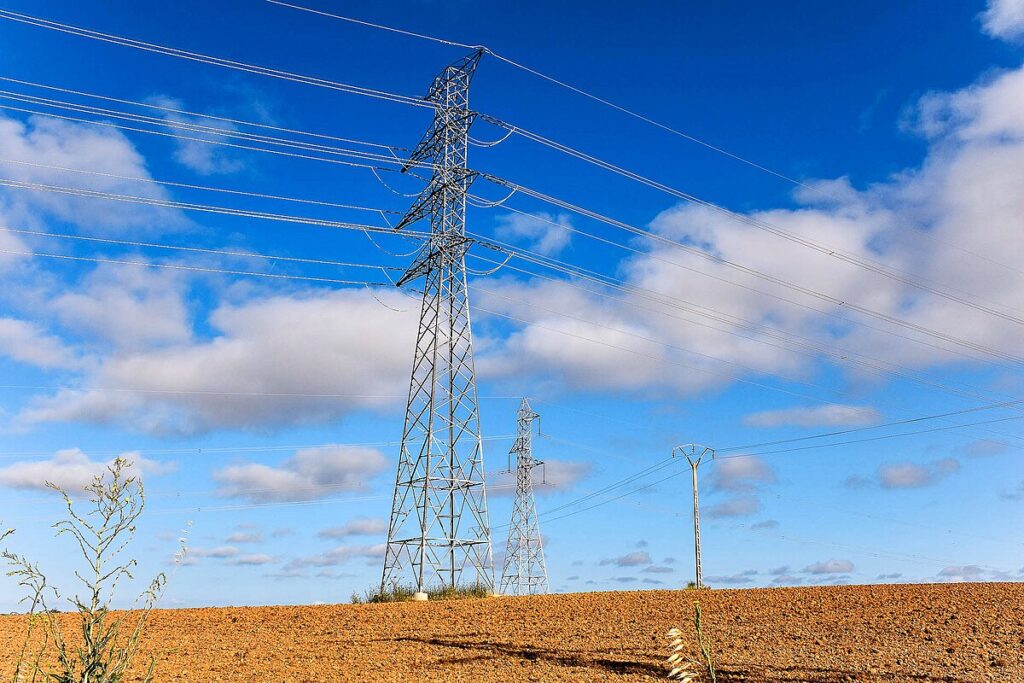Distributed
Advertisement
Advertisement
Advertisement
Latest News
Advertisement
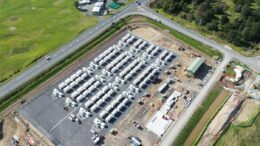
Perspective on flexibility: How batteries, demand response, and interconnectors are powering a new grid
As renewables surge and baseload plants retire, the energy system is facing an urgent need for flexible capacity to balance increasing volatility. While long-term solutions like batteries, interconnectors, and green hydrogen are underway, several short-term measures – from pairing new renewable energy plants with storage to leveraging underused grid connections – could help bridge the flexibility gap now. Sven Heiligtag, Managing Director at Vireo Ventures, explores both the challenges and actionable opportunities to stabilize the grid during the transition.

Australian scheme to deliver 100 neighborhood batteries kicks off final funding round
The Australian state of Victoria has launched its third and final round of grant funding through the 100 Neighbourhood Batteries Program, offering AUD$400,000 per battery through multiple streams of eligibility to a pool of nine council regions.

Delta Green and E.ON offering $234 a year to households for grid flexibility
The virtual power plant (VPP) revolution is rolling out, with E.ON offering flexibility to the grid from home batteries, electric vehicle chargers, solar exports, and more, via Delta Green's software, and paying households for the optionality.
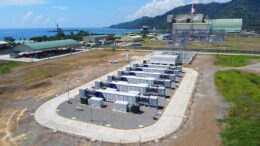
Researchers identify optimal level of solar, battery storage for Europe
Scientists in Hungary have developed a model to calculate the optimal PV and battery storage balance to support the European grid in the next few years. They found the cost-optimal range is 530 GW to 880 GW of solar, combined with battery storage equivalent to 2.5% to 7.5% of the total intermittent capacity.
All Distributed news
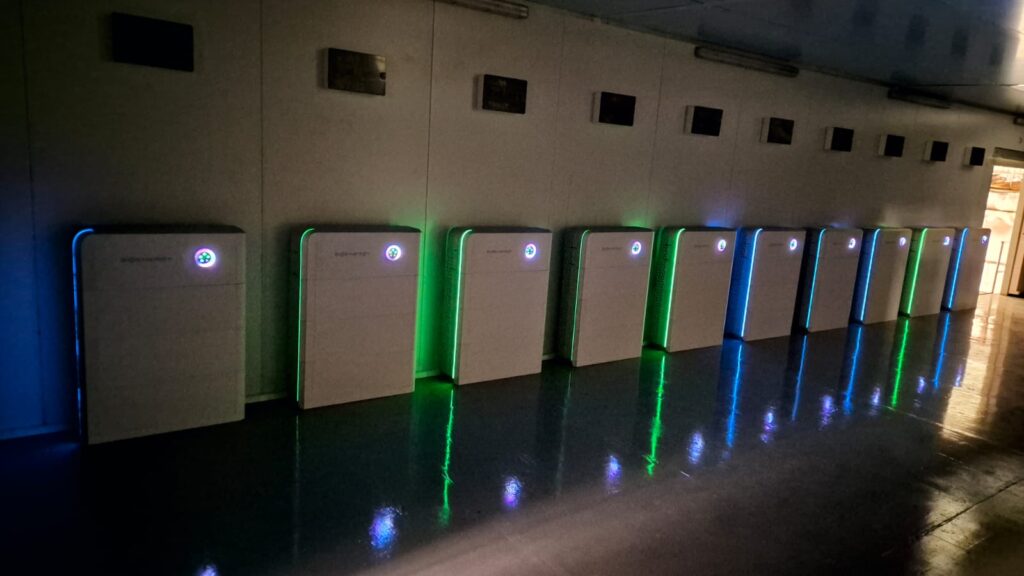
Labor election win brings Australian household battery rebate
The work schedules of Australia’s battery retailers and installers will likely get busy in the coming months with Labor’s win in the federal election paving the way for the introduction of an AUD 2.3 billion ($1.48 billion) national subsidy scheme.
Advertisement

Advertisement
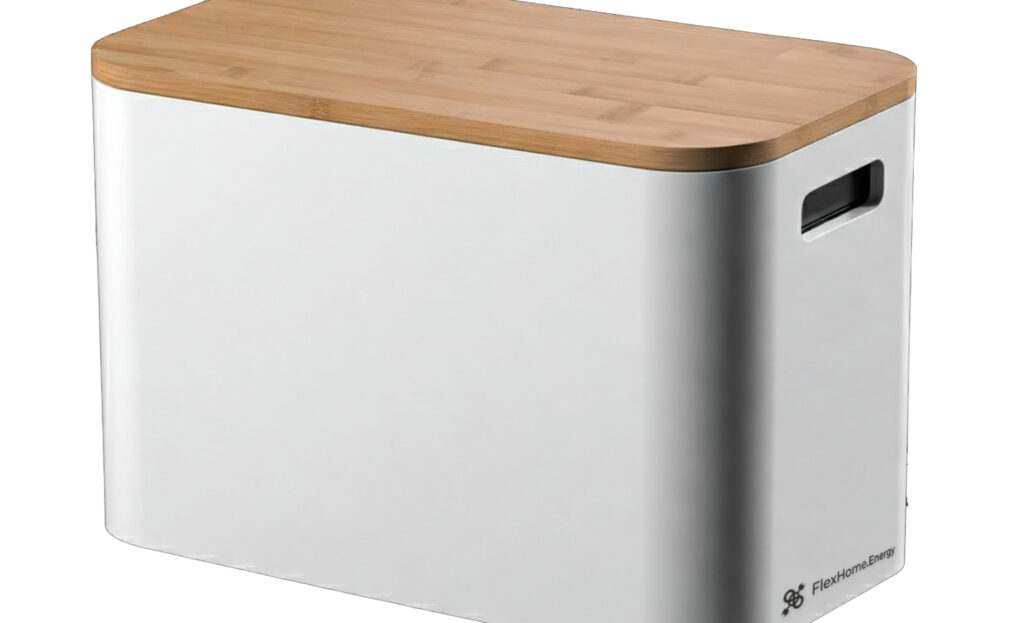
Advertisement
